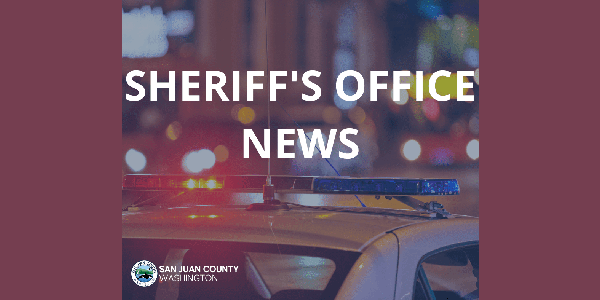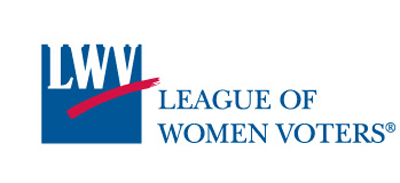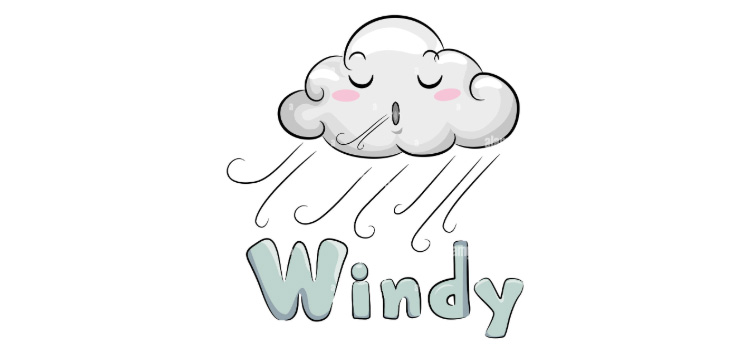Skagit, Whatcom counties, Bellingham among cleanest areas for ozone
||| FROM NORTHWEST CLEAN AIR AGENCY |||
Wildfire smoke that smothered Washington communities at times with harmful fine particles in recent summers also impacted local air quality, according to the yearly national “State of the Air” report.
The American Lung Association’s 26th annual report includes data from the years 2021-2023. It does not include information from the relatively smoke-free summer of 2024.
The “State of the Air” report takes a nationwide look at particle and ozone pollution – two common, widespread air pollutants that pose risks to people’s health.
Among the report’s conclusions: Skagit and Whatcom counties received overall “A” grades for ground-level ozone pollution, ranking them among the cleanest U.S. counties for ozone. And Bellingham ranked among the nation’s cleanest cities for ozone.
Whatcom County air quality received a “D” grade for 24-hour particle pollution in this year’s report because of wildfire smoke impacts.
While Skagit County received a “C” grade for 24-hour pollution, data collection issues affected that result. Northwest Clean Air Agency’s data shows Skagit County also experienced high levels of wildfire smoke during the three summers covered by the report and likely would have received a lower grade.
The report only uses data from specific kinds of monitors, so it does not include NWCAA data for Island County and some area cities. NWCAA data shows similar air quality trends in those areas.
The American Lung Association provides two different grades for particulate (smoke) pollution. The 24-hour grade is based on the smokiest days; the annual grade is based on how much smoke is in the air as a yearly average.
“Smoke has impacted all of Washington’s counties in recent years, some more than others, and caused poor scores for daily averages,” said Mark Buford, NWCAA executive director.
“It’s important for everyone to do whatever they can to limit the possibility of sparking a wildfire that produces smoke pollution,” Buford said.
He stressed that people who live and work in Island, Skagit, and Whatcom counties generally enjoy good air quality.
“Local air quality would be in the ‘A’ range if wildfire smoke is factored out of our data. It’s very important to keep that in mind and to realize low 24-hour grades link directly to those harmful wildfire smoke events,” Buford said.
But, Buford emphasized, residents still felt the impacts of wildfire smoke in recent years – and likely will continue to do so.
NWCAA works with local health officials, fire marshals, fire districts, and forest management agencies as they try to reduce wildfire risk and help people cope with wildfire smoke.
The agency continues working to protect and improve air quality through regulating pollution from industrial emissions, illegal burning, and other sources.
“Every single one of us can do something every day to protect the air we breathe. We greatly appreciate all the people and businesses who work hard to improve and protect our area’s air,” Buford said.
NWCAA has eight air quality monitoring locations in Island, Skagit, and Whatcom counties. Go to the Air Quality Center on our website, https://nwcleanairwa.gov, for information.
NWCAA also provides a variety of resources – tips, videos, fact sheets, and more – about how to prepare and deal with wildfire smoke on the website’s Wildfire Smoke Information page.
The Northwest Clean Air Agency is responsible for enforcing federal, state, and local air quality regulations in Island, Skagit, and Whatcom counties. In addition to permitting and regulating industrial sources of air pollution, the agency provides services and information related to asbestos, outdoor burning, wood smoke and wildfire smoke, and air quality data. More information about the agency is available at https://nwcleanairwa.gov/.
**If you are reading theOrcasonian for free, thank your fellow islanders. If you would like to support theOrcasonian CLICK HERE to set your modestly-priced, voluntary subscription. Otherwise, no worries; we’re happy to share with you.**









San Juan County just rejoined NWCAA after a decades-long hiatus, thanks to the willingness and wisdom of the County Council, but it’s not included in the above analyses because it doesn’t (yet?) have any official monitoring units here. Hopefully, this will change soon, if it hasn’t already.
BTW, NWCAA Director Mark Buford is a really good, honest professional who provides straight, reliable answers, even if they don’t agree with what you were hoping to hear, as I learned while working on the coal terminal issue. He was Deputy Director then.